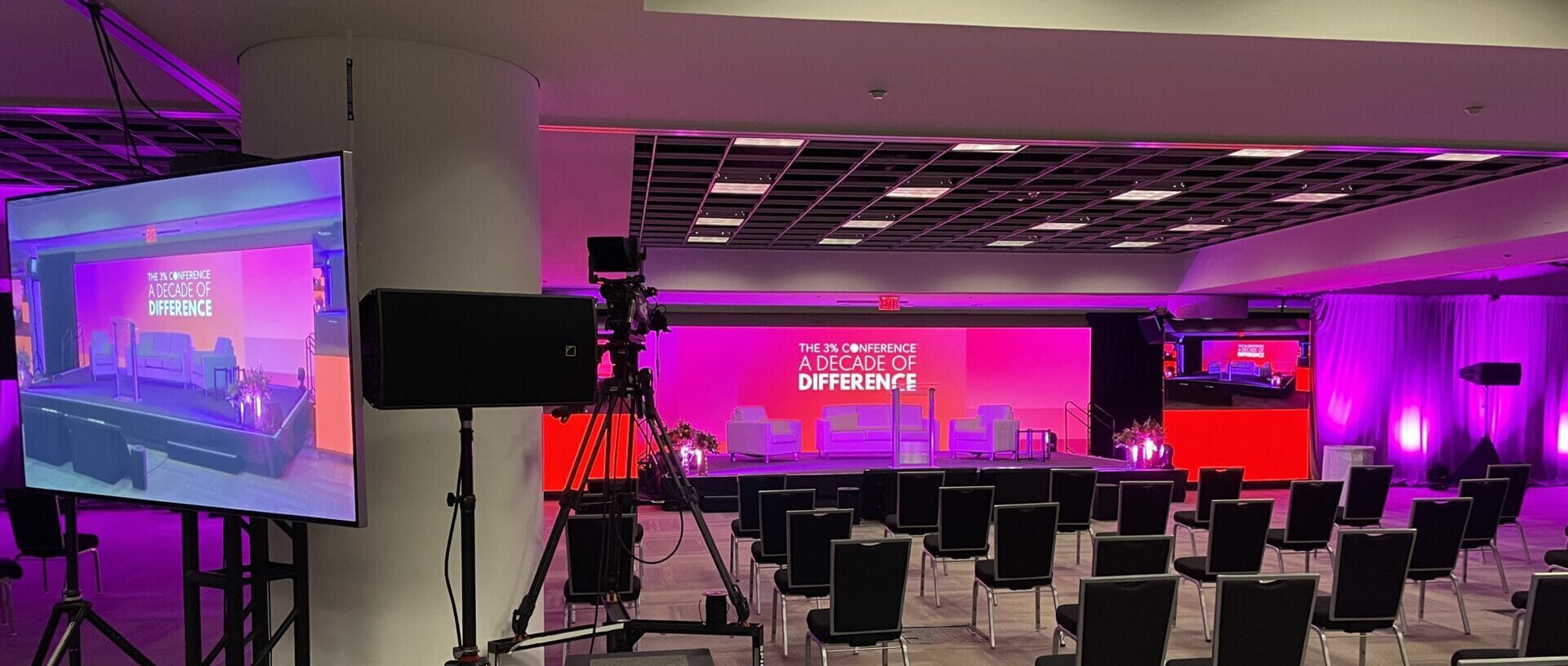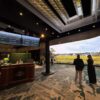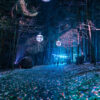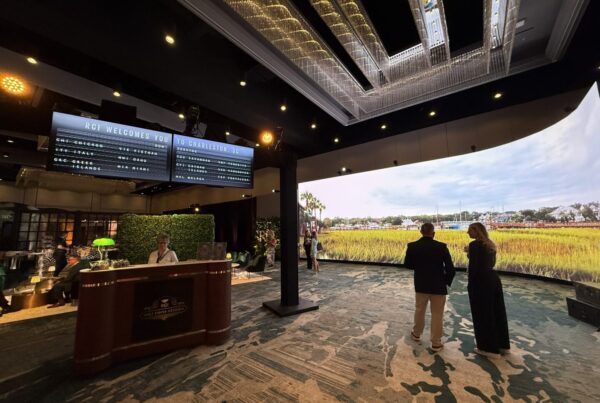Designing a small stage may present challenges, but with the right approach it can be transformed into a magical space that leaves a lasting impression. In this blog post, we will explore essential tips and techniques to unlock the full potential of small stage design and bring a touch of magic to even the most confined spaces.
1. Embrace the Power of Simplicity
When working with limited space, simplicity is key. Focus on essential elements that convey the desired atmosphere and enhance the event. Avoid clutter and unnecessary props that can make the stage appear cramped. Instead, opt for clean lines, minimalistic set pieces, and strategic use of stage areas to create an uncluttered and visually appealing environment.
2. Strategic Lighting and Color
Lighting plays a vital role in setting the mood and amplifying the impact of a small stage. Use various lighting techniques to create depth, focus, and ambiance:
a. Use spotlights and lighting effects to draw attention to specific presenters or areas of the stage. Highlighting key moments adds drama and captivates the audience.
b. Experiment with color to evoke different emotions. Warm hues can create intimacy, while cool tones can add a sense of mystery. Use color strategically to enhance the overall atmosphere and storytelling.
c. Consider dynamic lighting changes to create a sense of movement and energy. Well-timed lighting transitions can elevate the performance and keep the audience engaged.
3. Thoughtful Set Design and Stage Configuration
Optimize the use of available space through thoughtful set design and stage configuration:
a. Utilize multi-purpose set pieces that can transform and serve multiple functions. This flexibility allows for seamless scene changes and maximizes the use of limited space.
b. Experiment with different levels and platforms to add depth and dimension to the stage. Staggered platforms or risers can create visual interest and provide varied performance areas.
c. Incorporate movable set pieces and props to facilitate smooth transitions between scenes and optimize space usage.
4. Creative Use of Projections
Projection techniques can work wonders on a small stage, allowing for dynamic and immersive visual storytelling. Consider using projections to:
a. Create Backdrops: Utilize projection mapping to transform simple backdrops into dynamic environments that enhance the event.
b. Set the Mood: Project images or patterns onto the stage floor or walls to create a unique ambiance that complements the event.
c. Visual Illusions: Employ projection techniques to create the illusion of larger spaces or magical effects that captivate the audience.
5. Sound Design and Acoustics
Don’t overlook the importance of sound design in small stage settings:
a. Prioritize clear and balanced sound for optimal audience experience. Consider the acoustics of the space and invest in quality sound equipment to ensure that every word and note resonates with clarity.
b. Adjust sound levels appropriately for small spaces, avoiding overpowering the audience with excessive volume.
Need Help with your Next Event?
Want a stunning stage for your next event? Our award-winning design team works with our event engineers to create cost-effective and innovative solutions for each unique venue. From stage sets to lighting designs, our event production team has got you covered! Contact us today to get started!











